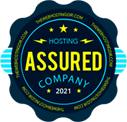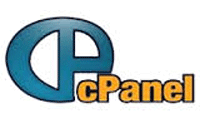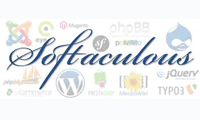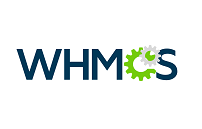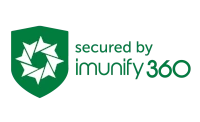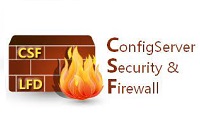
How to Secure Your WordPress Site and Prevent Infection
1. Why WordPress is a target for attacks
WordPress powers more than 40% of all websites on the internet, making it one of the most targeted platforms. Most attacks are not personal – they’re automated bots that scan thousands of sites for known vulnerabilities in plugins, themes, or outdated WordPress versions.
2. How WordPress sites get infected
- Vulnerable plugins – outdated or poorly coded extensions can expose your site.
- Pirated (“nulled”) themes – often contain hidden backdoors or malicious scripts.
- Outdated WordPress versions – missing important security patches.
- Weak passwords – brute-force bots can guess them easily.
- Incorrect file permissions – open permissions (777 or 775) allow unauthorized access.
- Old PHP versions – outdated PHP releases contain unpatched vulnerabilities.
Once compromised, an infected WordPress site can be used for spam, hidden redirects, or even to attack other websites.
3. Signs your WordPress site might be infected
- The website loads slowly or shows strange pop-ups or ads.
- Google flags it with “This site may harm your computer.”
- Admin logins no longer work.
- Unknown PHP or JS files appear in the wp-content directory.
- Your server sends spam emails without your knowledge.
4. How to properly secure your WordPress site
- Keep WordPress, themes, and plugins updated – regular updates fix security holes.
- Use official sources only – download from WordPress.org or trusted developers.
- Enable SSL (HTTPS) – a free Let’s Encrypt certificate is enough for most sites.
- Use strong passwords – mix uppercase, lowercase, numbers, and symbols.
- Limit admin access – restrict /wp-admin by IP or use two-factor authentication.
- Install a security plugin – Wordfence, iThemes Security, or All-in-One WP Security monitor suspicious activity.
- Change your database prefix – something other than “wp_” to avoid automated attacks.
5. Hosting-level security measures
A secure hosting environment adds an extra layer of defense. Look for providers that include:
- Firewall and anti-DDoS protection – blocks malicious traffic before it reaches your site.
- Server-side antivirus scanning – automatically detects and isolates infected files.
- Daily backups with one-click restore – quickly recover a clean version of your site.
- PHP version selector – run only supported PHP versions with active patches.
- Account isolation – prevents other users on the same server from affecting your site.
These hosting-level protections are critical for WordPress stability and data integrity.
6. What to do if your site is already infected
If you suspect your WordPress site has been hacked:
- Check your public_html directory in cPanel for suspicious new files.
- Run a malware scan using a plugin like Wordfence or Sucuri.
- Restore a clean backup from before the infection.
- Change all passwords (cPanel, FTP, WordPress admin, database).
- Update all components to their latest versions.
After cleanup, monitor access logs and enable email alerts for future security events.
7. Conclusion
WordPress security is not just about installing a plugin – it’s an ongoing process of maintenance, updates, and smart practices. Most infections happen due to neglect: weak passwords, outdated components, or pirated themes. With secure hosting, active SSL, daily backups, and antivirus protection, your risk drops dramatically.
A reliable provider like MioriticHost includes these protections by default, allowing you to focus on your content, not security threats.
Category: How to

